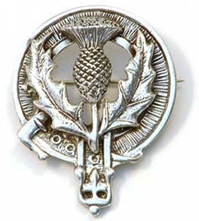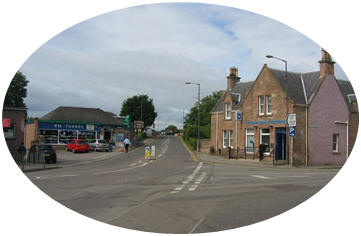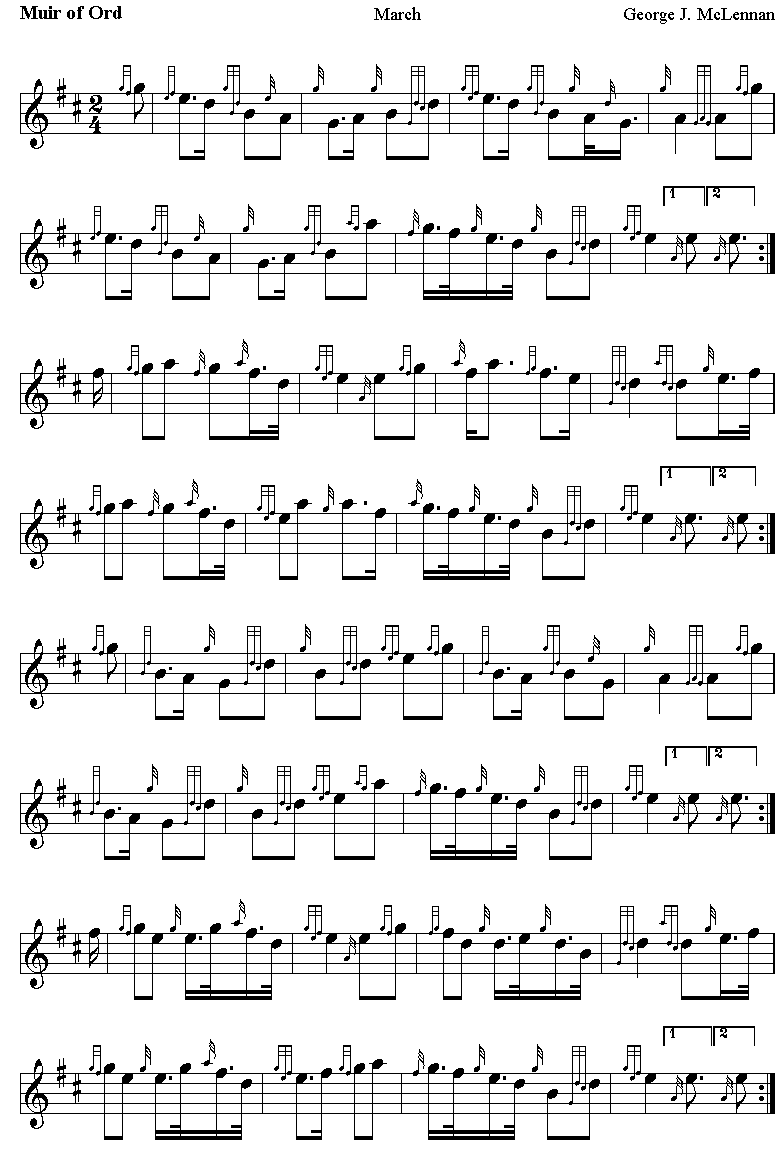
Best viewed in
Internet Explorer
Music (PDF)
Music (BMW)
Back to

Updated
05/08/2013 |

Muir of Ord
George
J. McLennan
A
Muir is the Scots word for moorland, and
Scots Gaelic for sea, and is the
etymological origin of the surname and Clan
Muir/Mure/Moore in Scotland and other parts
of the world.
Traditionally, overland
travel north of Inverness was, at best, difficult. Two particular
obstructions were the River Beauly where it
flows into the Beauly Firth near Beauly, and
the Rover Conon, where it flows into
Cromarty Firth.
The two rivers were only
crossed, by the Lovat Bridge
and the
Conon
Bridge, both built by
Thomas Telford in 1814. This brought
increasing traffic to the main coastal route
north that ran between them, and led to the
growth of a village called Tarradale, which
lay at the junction of that road and the
main road into the Black Isle. The result
was that from abut 1820 huge trysts
or cattle markets began to occur on land a
little north of Beauly, then later on a
better site a little further north, just
south of Tarradale. The trysts became known
by the name of the site, at Muir of Ord.
In 1862 the
Inverness and Ross-shire Railway
was built with a station at Tarradale.
However, the railway company called their
station Muir of Ord, after the site of the
cattle trysts still taking place a mile to
the south. And within a relatively short
time "Tarradale" was but a fading memory,
and the settlement that gradually filled in
the gaps between the distillery, the railway
station and the site of the trysts, became
known as Muir of Ord.
|
|
 |
|
|
|



